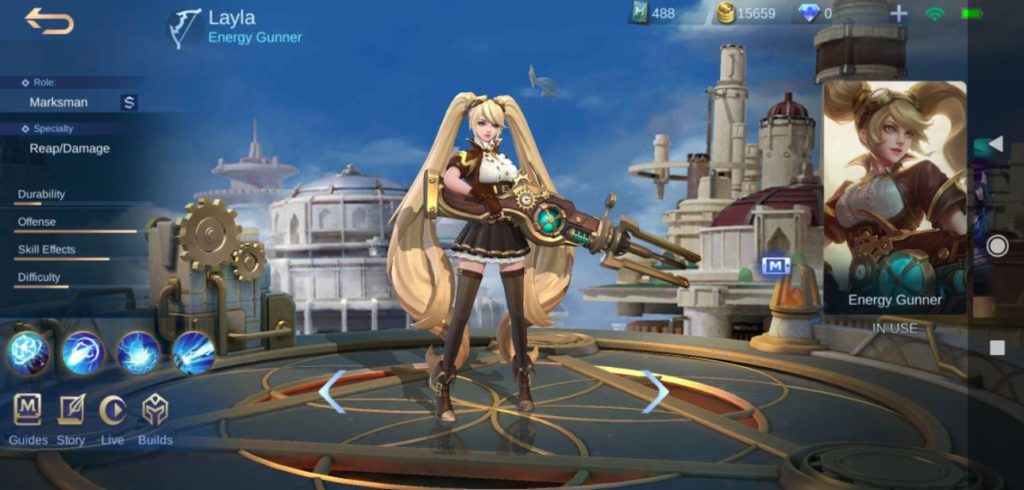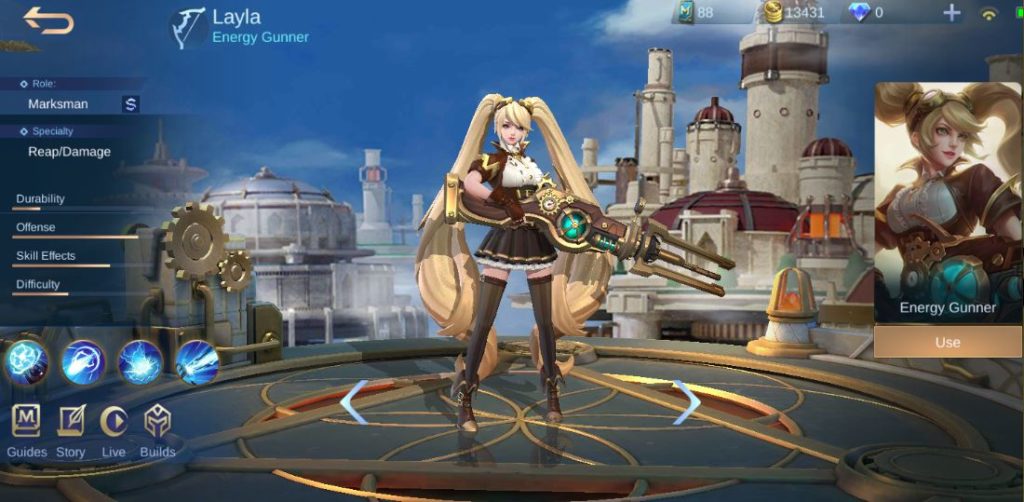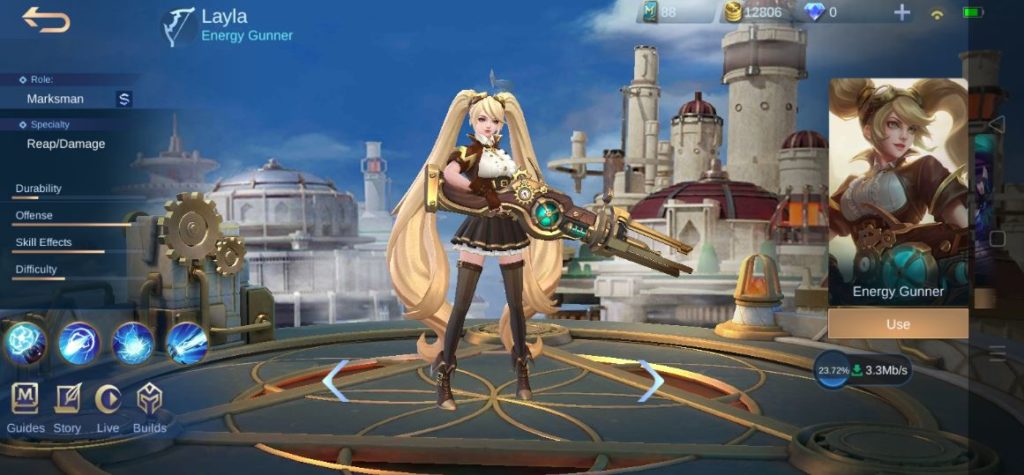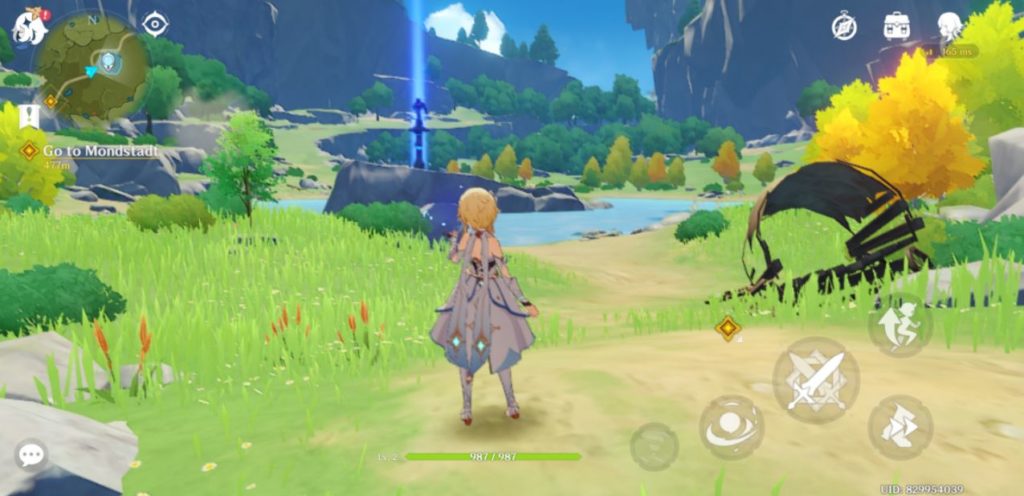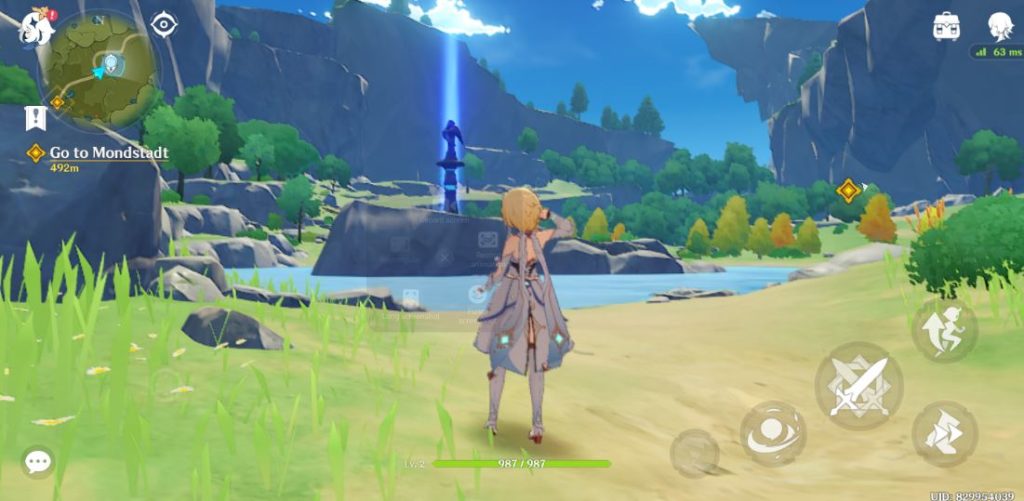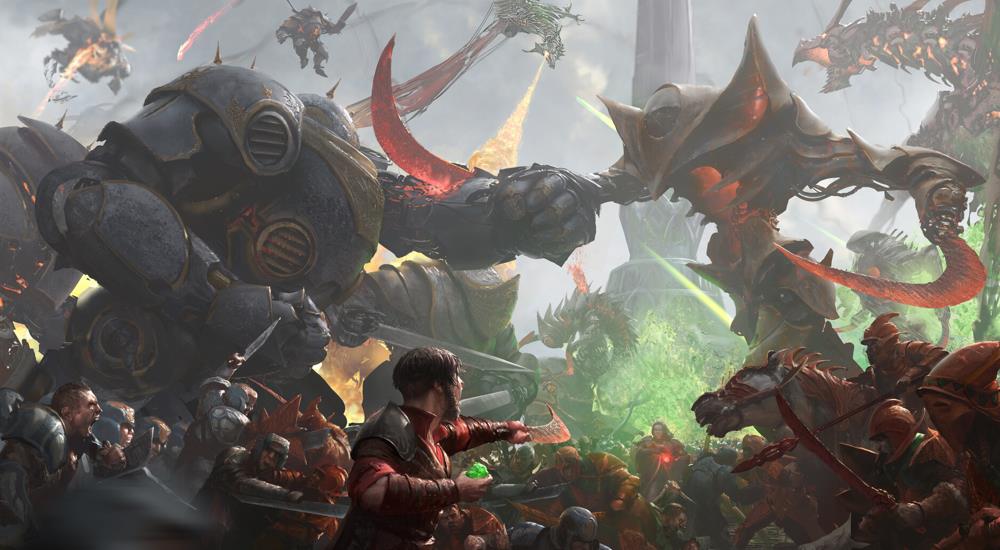Xiaomi Redmi 9T vs. realme C15 vs. vivo Y20i: Mobile Gaming Comparison
Over at Gadget Pilipinas, we took 3 sub-PHP10K phones and put them to the test in a spec battle that resulted in the Xiaomi Redmi 9T taking home the prize. While the comparison was pretty close in some areas, based on value for money, the Redmi 9T pulled away in some key categories.
We’re now taking that head to head battle in the only way we know best, gaming! All 3 phones are very much capable of playing some of the most popular games in recent memory, but we’ll look at the more experiential aspects to compare each phone with, like audio quality, battery life, comfort, and much more.
Xiaomi Redmi 9T vs. realme C15 vs. vivo Y20i Mobile Gaming Comparison
In this comparison, we’ll be playing Mobile Legends, Genshin Impact, and Call of Duty Mobile for a couple of hours each, to simulate a regular daily gaming experience from the average gamer.
Screen Quality
If there’s one area where the Xiaomi Redmi 9T really shines against the other phones, screen quality is where it’s at due to its 1080p screen compared to the 720p screen on both the c15 and the Y20i. Graphics are brighter and more vivid, with sharper details that offer a better gaming experience overall. The Y20i has the brightest screen compared to the other units, while the c15 and Redmi 9T offer nearly the same brightness levels.
For a quick screen resolution comparison, see the screenshots below. It doesn’t look like much, but the Redmi 9T showcases a smoother model around the edges compared to the other 2 if you look very closely. Of course, all 3 phones cannot really play Genshin Impact at an acceptable setting other than the lowest, so the background would really look blurry.

Genshin Impact on the Redmi 9T (Lowest setting) 
Genshin Impact on the Y20i (Lowest setting) 
Genshin Impact on the c15 (Lowest setting)
One could argue that the difference is negligible, but at nearly the same price point, having the 1080p advantage from the Redmi 9T is very much welcome.
Battery Life
Note that mileage may vary depending on overall usage and settings of the phone, so take these numbers as an average rather than an absolute.
After a total of 6 hours of gaming across the 3 games, the Xiaomi Redmi 9T had a little over 20% battery life left in the tank, still enough for some emergency and social media functions.
Both the Redmi 9T and the c15 have massive 6000mAh batteries on them, with the Y20i falling behind with 5000mAh, but this is more than enough to fill your gaming needs in a day while leaving enough for your social activities.
On similar tests with the c15, which has the same 6000mAh battery, the phone was left with about 30%. The Y20i, on the other hand, had only 10% left, which is understandable given the lower battery capacity.
One thing is for sure, these phones can give you enough gaming goodness to last you a day and some change.
Form Factor / Comfort
All 3 phones are very similar in form factor and weight, which proved to be very good for gaming. Huge screen area allows players to see more of the game, and their dimensions are good enough to accommodate gamers with small or big hands.

One thing I will say is that while all 3 phones are almost identical in form, both the Redmi 9T and Y20i are slightly lighter in terms of weight, making long gaming sessions much more bearable, lessening hand strain.
The realme C15, on the other hand, proved to have the best “feel” among the 3, thanks in large part to its rear cameras being on level with the phone casing. It doesn’t protrude outwards, unlike the other 2, so your grip on the phone is flush and you don’t need to adjust your hands to accommodate the rear camera unit. The texture on the rear of the phone was also quite nice to the touch, but this is a purely personal preference, of course.
The vivo Y20i had the best “grip” among the 3, due to its glass-encased rear, but it also is the unit that is the most smudge-prone, leaving fingerprint marks all over the back of the unit unless you have a protective case.
In terms of heat, all 3 phones performed admirably, only getting warm to the touch during gameplay. It wasn’t too hot that it became uncomfortable, and most of the concentration of the heat was near the camera panels, so this can be a consideration of how you hold the phones while playing. Genshin Impact on the Y20i stood out in particular, which turned particularly hot to the touch when playing for nearly 2 hours.
Gameplay experience
Even at full details and high graphics settings, all devices had no trouble at all running Mobile Legends. The experience proved to be smooth and worry-free, getting in and out of matches without any hitches. Both the Redmi 9T and Y20i had the best performance in running Mobile Legends, maintaining frames even on high graphic settings without sacrificing the overall experience, with the C15 not far behind. The Redmi 9T also managed to load in and out of screens faster by a few seconds over the other units, giving it a distinct advantage for Mobile Legends.
Call of Duty Mobile was a pleasant experience as well, offering smooth gameplay even in the busiest skirmishes across all 3 units. Similar to Mobile Legends, the Redmi 9T provided a slightly better gaming experience in Call of Duty Mobile compared to the Y20i and the c15, loading games a bit faster and showing off sharper images.
As mentioned in our technical review on Gadget Pilipinas, Genshin Impact proved to be quite the challenge across all phones, with noticeable stutters while playing the game even on its lowest quality settings, especially during battles.
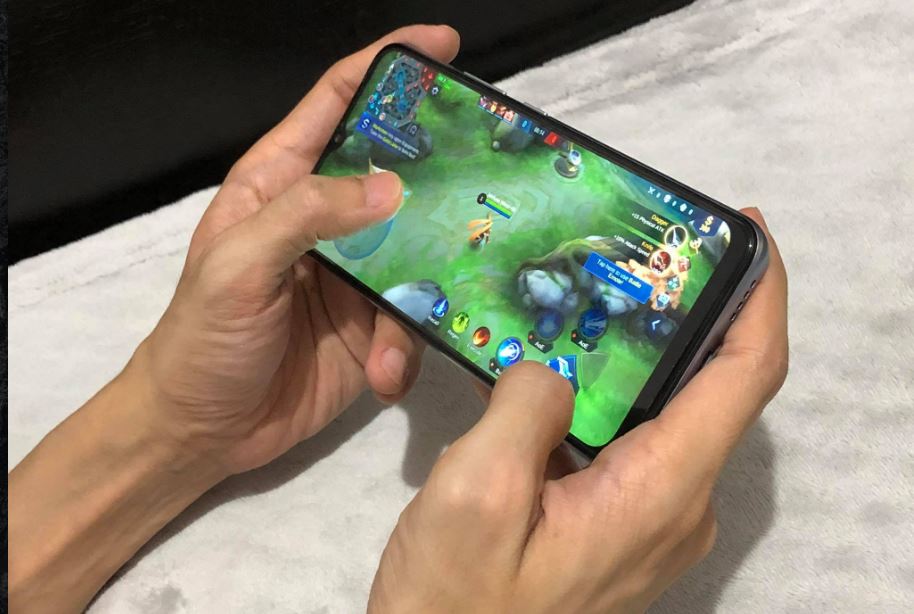
All 3 phones are very much capable of becoming your gaming daily driver, as long as you are conscious of what games you would want to play. Of course, the more demanding titles like Genshin Impact might be too much for these devices, but favorites like Mobile Legends and CODM perform very well whichever phone you choose.
Audio quality
For entry level units, all 3 phones provided pleasant surprises in terms of audio quality. Across all 3 games, even with the volume turned up to the maximum, the audio didn’t sound broken or distorted, offering clear feedback throughout the game. Max volume didn’t sound too loud to be a nuisance, but of course we advise you to be mindful of others when playing games in public.
The Y20i had the highest max volume ceiling out of the 3 phones, allowing you to blast audio that doesn’t break or distort even at the highest volume level.
One thing to note about the Y20i and the C15 is that whichever way you hold the device, you’re bound to possibly cover the speaker on the bottom part of the phone, which may lead to muffled audio at times. Of course, this depends on how you hold your phone, and for my personal experience, I sometimes wondered why the audio was gone at times only to find out that I was covering it with my fingers. The Redmi 9T had no problems with this, as it has a dedicated audio speaker on both the top and bottom end of the phone, something not found from the other two.
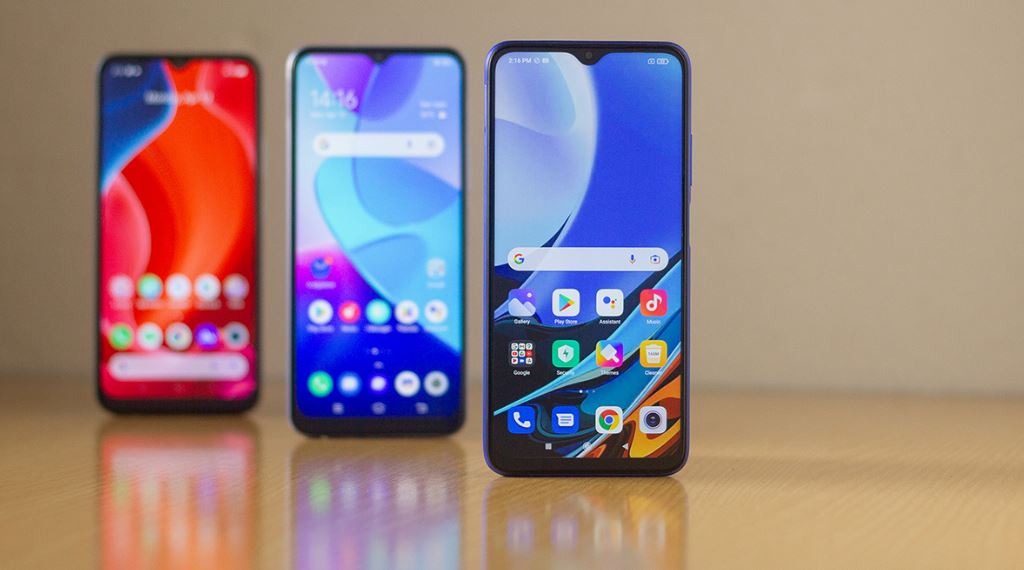
Overall, the Xiaomi Redmi 9T proved to be the most capable among the 3, especially at this price range. The Y20i and c15 are great alternatives as well, and while they fall behind in some categories, the overall quality of devices at this price point is enough to give consumers a wide range of choices that will surely fit their budget.
The big defining factor for the Redmi 9T was its 1080p display resolution, providing sharper image quality that resulted in a better gameplay experience. Paired with an affordable price tag that starts at PHP6,990 for its base variant, quality mobile gaming need not be expensive and the Redmi 9T can be that option for you.
Check out our full technical comparison on Gadget Pilipinas and our Toy Photography comparison on DAgeeks.

